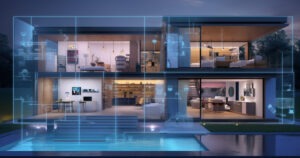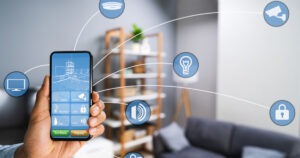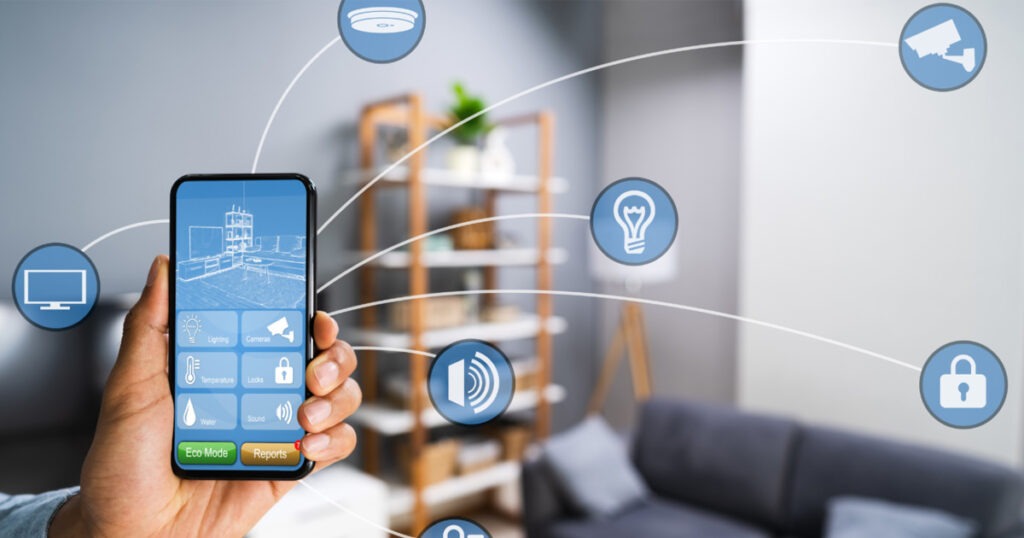In today’s fast-paced world, technology is revolutionizing the way we live, work, and interact with our environment. One of the most impactful innovations in recent years has been the rise of smart home automation. From intelligent lighting to advanced security systems, smart solutions are making homes more comfortable, efficient, and secure. In this guide, we’ll explore how you can transform your home with smart automation and create a truly connected living space.
Smart Lighting: Convenience and Energy Efficiency
Smart lighting is one of the simplest yet most effective ways to start automating your home. With smart bulbs and switches, you can control the lighting in every room through your smartphone, tablet, or voice commands. Imagine adjusting the lighting to match your mood or having the lights automatically turn off when you leave a room. Not only does this offer convenience, but it also helps conserve energy, leading to reduced electricity bills. Smart lighting systems can even be set to follow specific schedules, such as dimming the lights in the evening or brightening them in the morning to simulate natural light.
Smart Security: Enhanced Protection and Peace of Mind
Security is a top priority for every homeowner, and smart home solutions offer unmatched protection. With smart cameras, doorbell cameras, and motion detectors, you can monitor your home remotely, receiving alerts on your phone if unusual activity is detected. You can even control locks and doors from anywhere, giving you peace of mind whether you’re at work or on vacation. Integration with other smart devices, like smart lights and alarms, adds an extra layer of protection. For instance, lights can automatically turn on when someone approaches your door, or alarms can trigger if motion is detected in a restricted area.
Smart HVAC: Comfort and Energy Efficiency
Heating, ventilation, and air conditioning (HVAC) systems are a vital part of maintaining comfort in your home, but they can also consume a lot of energy. Smart thermostats and HVAC controllers offer an intelligent solution. Devices like the Nest Thermostat allow you to adjust the temperature remotely via an app, or even better, they learn your preferences over time and adjust automatically. This ensures your home is always at the ideal temperature, without wasting energy when you’re away. Many smart thermostats can also be integrated with other devices, such as motion sensors, to optimize temperature based on room occupancy.
Smart Entertainment: Seamless Integration and Control
Imagine controlling your home entertainment system with just a voice command or a touch on your smartphone. Smart TVs, sound systems, and streaming devices can be easily integrated into a home automation setup, providing a seamless experience. With voice assistants like Amazon Alexa, Google Assistant, or Apple Siri, you can control your TV, music, and even adjust the volume without lifting a finger. Automated routines can be set up for entertainment, such as dimming the lights when you start a movie or turning on your favorite playlist when you enter the room.
Voice Assistants and IoT Devices: The Heart of Smart Automation
The real star of home automation is the voice assistant. Whether it’s Amazon Echo, Google Home, or Apple HomePod, these devices act as the central hub for your smart home, enabling voice control over all connected devices. IoT (Internet of Things) devices, like smart plugs, thermostats, and appliances, integrate with these voice assistants, making it easier to control your entire home from one place. You can ask your assistant to lock doors, adjust the thermostat, check the weather, or even order groceries online.
Conclusion
Smart home automation brings a level of convenience, efficiency, and security that was once unimaginable. With solutions like smart lighting, security systems, HVAC control, and entertainment integration, you can create a connected living space that meets your needs and preferences. As technology continues to evolve, the possibilities for home automation are limitless.





